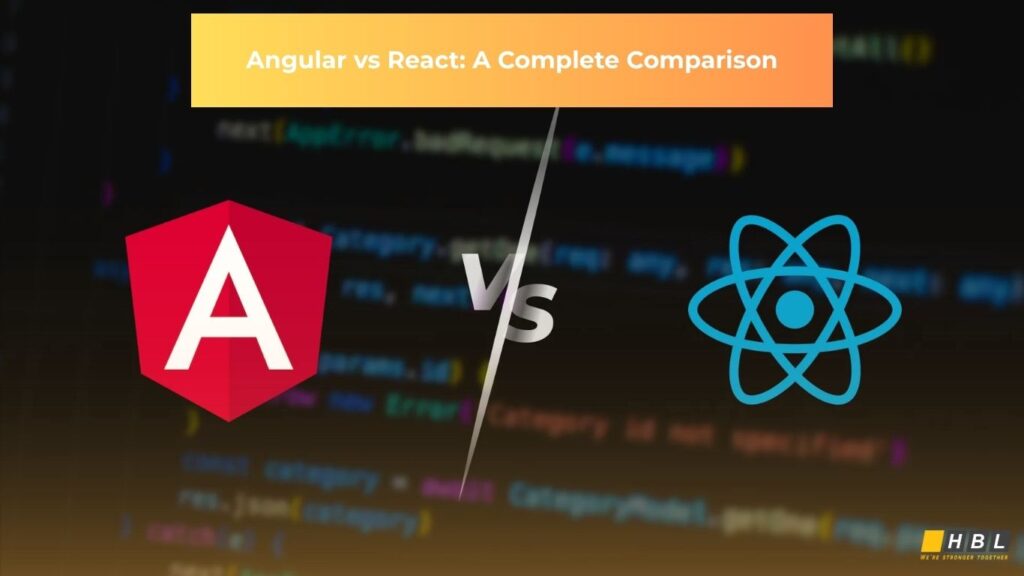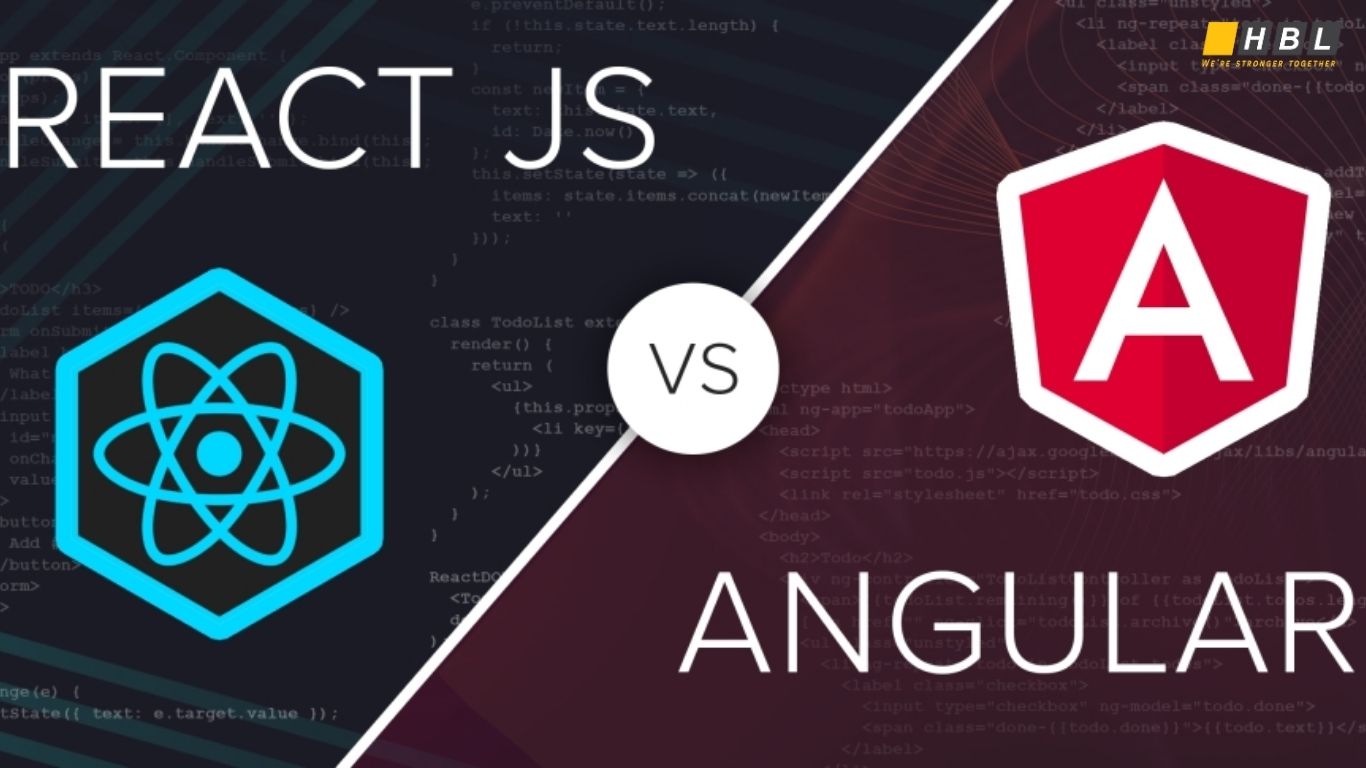Introduction: Why Angular vs React Matters
When it comes to building modern web applications, two names dominate the conversation: Angular and React. Developers, CTOs, and businesses often ask the same questions: What is Angular vs React? Which one should I choose for my next project?
Both frameworks are powerful, widely used, and backed by tech giants—Angular by Google and React by Meta (Facebook). But they differ in philosophy, learning curve, ecosystem, and performance.
In this guide, we’ll explore Angular vs React in detail, including architecture, lifecycle, scalability, real-world use cases, and how to decide which framework best suits your project.
What Is Angular vs React?
To understand the debate, let’s start with definitions.
What is Angular?
Angular is a TypeScript-based front-end framework maintained by Google. First released in 2010 (as AngularJS, later rebuilt into Angular 2+ in 2016), Angular provides a complete solution for building scalable single-page applications (SPAs). It includes routing, form validation, dependency injection, HTTP client, RxJS for reactive programming, and built-in testing tools.
Key Features of Angular:
- Full-fledged MVC/MVVM framework
- Strong two-way data binding
- TypeScript-first development
- Built-in RxJS Observables
- CLI (Command Line Interface) for project scaffolding
- Backed by Google with LTS (long-term support)
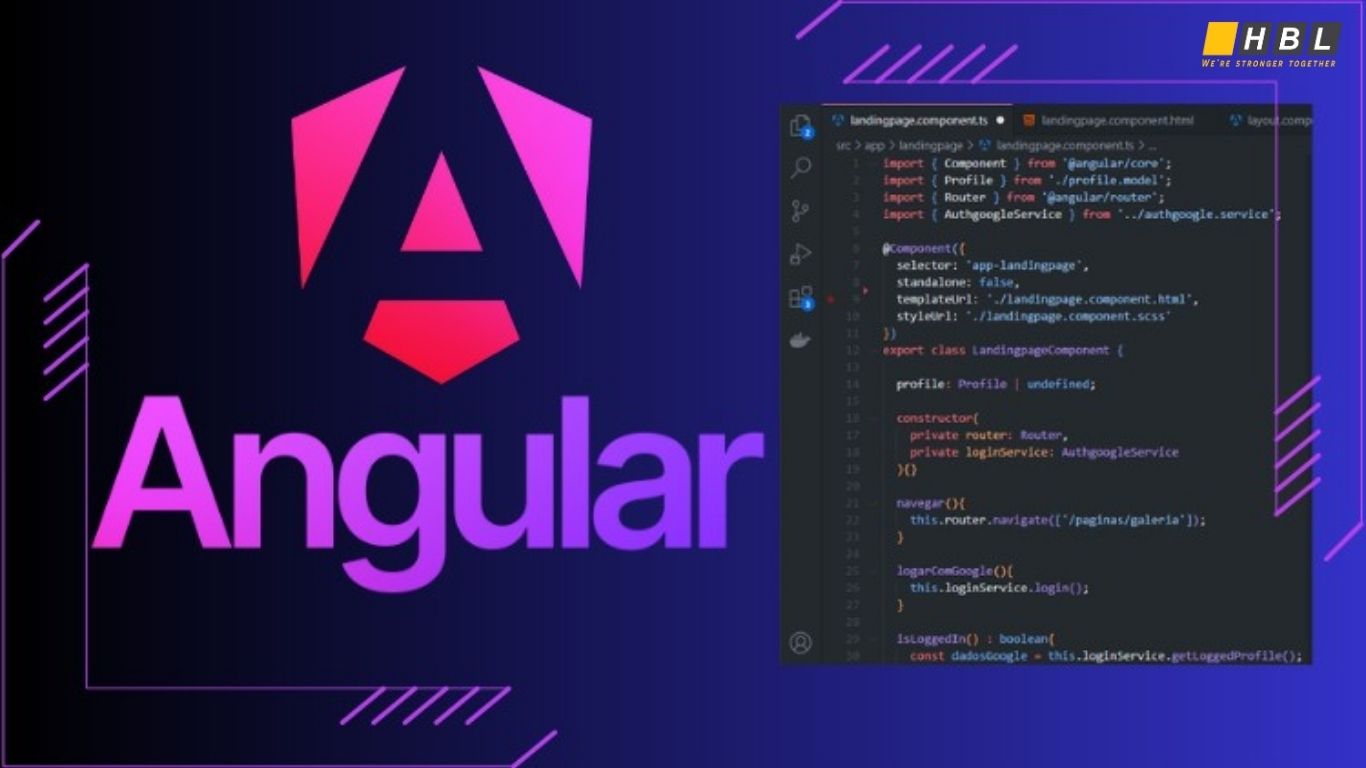
What is React?
React is a JavaScript library for building user interfaces, created by Facebook (Meta) in 2013. Unlike Angular, React focuses only on the view layer. Developers must integrate third-party libraries for routing, state management, and other advanced features.
Key Features of React:
- Component-based architecture
- One-way data binding for predictable flow
- Virtual DOM for fast rendering
- Hooks API for functional programming
- Lightweight, flexible, and ecosystem-driven
- Backed by Meta and a huge open-source community
👉 In short: Angular is a framework, React is a library.
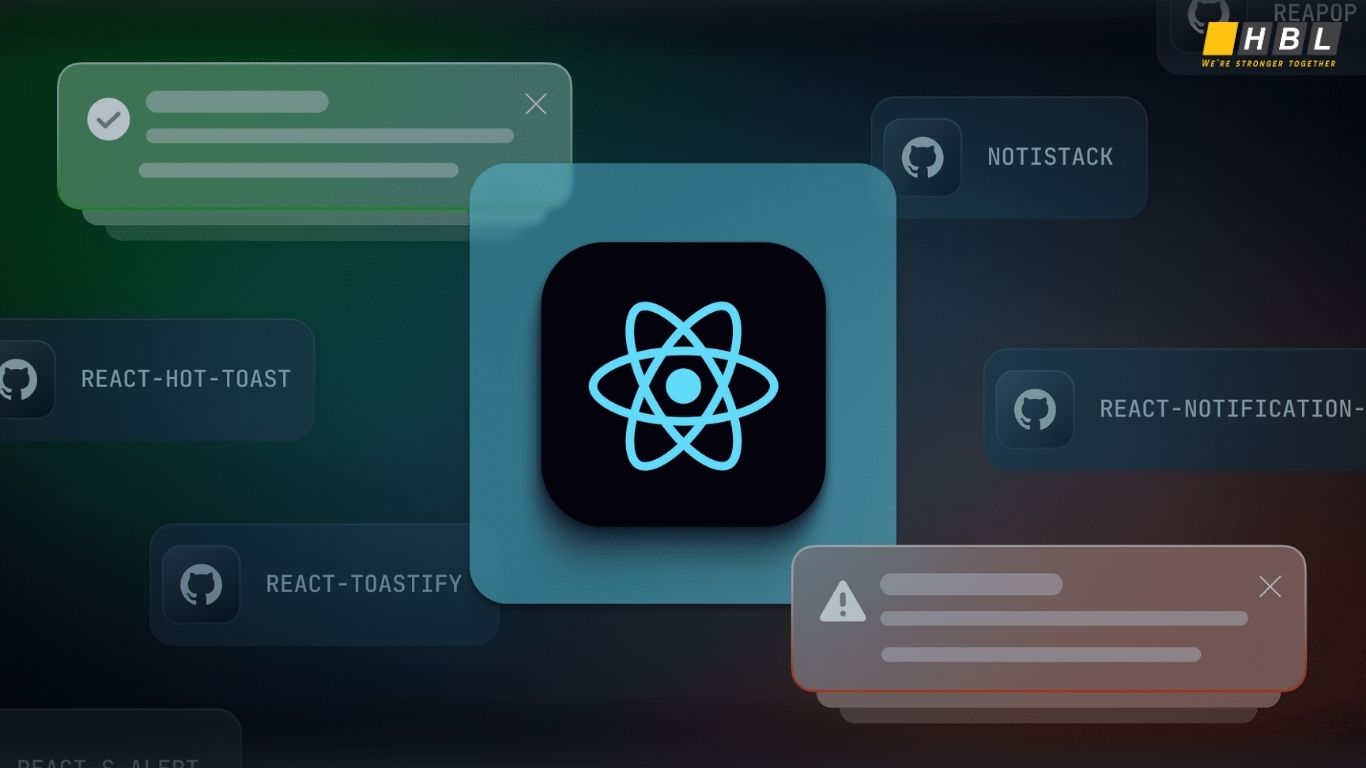
Angular vs React Lifecycle: How They Handle Updates
One of the most searched comparisons is React vs Angular lifecycle. Both have distinct approaches to handling component updates.
Angular Lifecycle
Angular components follow a series of lifecycle hooks that developers can use:
- ngOnChanges() – Respond to changes in input properties
- ngOnInit() – Initialize the component
- ngDoCheck() – Detect custom changes
- ngAfterViewInit() – After component views are initialized
- ngOnDestroy() – Cleanup when a component is destroyed
This structure provides fine-grained control, especially for large enterprise applications.
React Lifecycle
React components use phases (especially before Hooks):
- Mounting: constructor(), componentDidMount()
- Updating: shouldComponentUpdate(), componentDidUpdate()
- Unmounting: componentWillUnmount()
With Hooks (introduced in React 16.8), lifecycle logic is managed inside functions such as useEffect(), giving developers more flexibility and cleaner code.
👉 Difference: Angular lifecycle is strict and prescriptive, while React lifecycle is flexible and developer-driven.
Angular vs React: Key Comparison Table
| Feature | Angular | React |
| Type | Full-fledged framework | UI library |
| Language | TypeScript (default) | JavaScript/TypeScript (optional) |
| Learning Curve | Steeper, opinionated | Easier to start, flexible |
| Data Binding | Two-way | One-way |
| DOM Handling | Real DOM + Change Detection | Virtual DOM |
| State Management | Built-in with services & RxJS | External libraries (Redux, Zustand, etc.) |
| Performance | Heavy initial load, optimized for large apps | Lightweight, faster rendering |
| Community Support | Backed by Google | Backed by Meta + massive OSS community |
| Use Cases | Enterprise apps, banking, healthcare, ERP systems | Startups, dashboards, e-commerce, dynamic UIs |
Pros and Cons of Angular
Advantages of Angular:
- Complete ecosystem out of the box
- Great for large, complex applications
- TypeScript ensures scalability and maintainability
- Strong support from Google and large corporations
Disadvantages of Angular:
- Steep learning curve
- Heavier framework, longer initial load time
- Less flexible, can feel restrictive for small apps
Pros and Cons of React
Advantages of React:
- Lightweight, flexible, and fast
- Huge ecosystem of libraries and tools
- Easy to learn basics, quick adoption
- Great for SPAs, dashboards, and dynamic UIs
Disadvantages of React:
- Not a full framework, requires third-party tools
- Too much freedom can lead to inconsistent architecture
- Frequent updates may cause breaking changes
Angular vs React Performance
Performance is often a deciding factor.
- Angular: Uses real DOM + change detection. Large apps may face performance issues without optimization, though Angular has ahead-of-time (AOT) compilation and tree-shaking.
- React: Uses a Virtual DOM, making UI updates extremely fast. Lightweight components allow React to shine in apps requiring frequent updates.
👉 Verdict: React is generally faster in UI rendering, while Angular handles enterprise-scale complexity better.
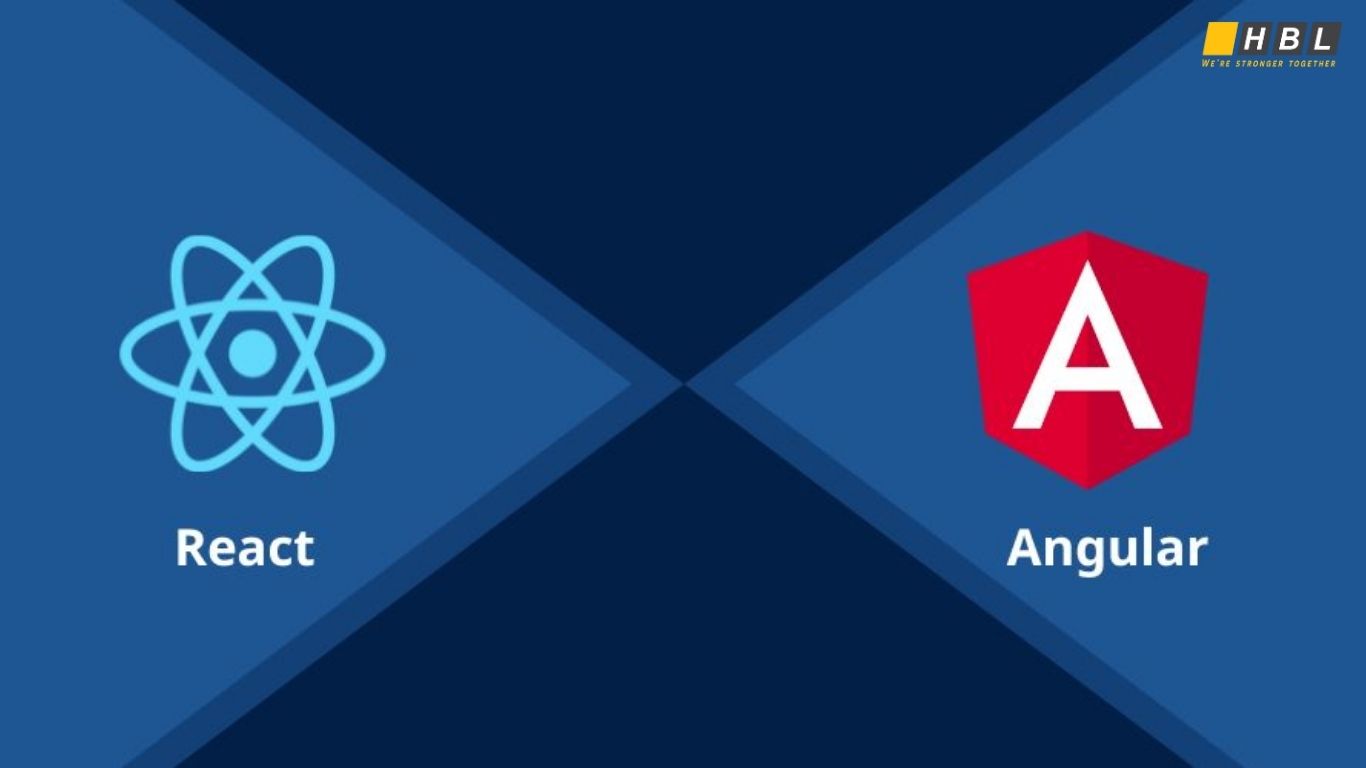
Angular vs React Popularity in 2025
According to the latest Stack Overflow Developer Survey (2024):
- React remains the most popular front-end library, with ~42% of developers using it.
- Angular still holds a strong position (~20%), especially in enterprises, government, and banking sectors.
On GitHub:
- React: ~220k stars
- Angular: ~90k stars
👉 Popularity ≠ suitability. The choice depends on your project size, team skillset, and scalability needs.
Use Cases: When to Choose Angular vs React
When to Use Angular
- Large-scale enterprise apps (ERP, CRM, Banking Systems)
- Teams that prefer TypeScript and structured architecture
- Projects that need built-in features (routing, forms, HTTP, RxJS)
- Long-term applications requiring strict coding standards
When to Use React
- Startups needing fast MVP development
- Projects requiring dynamic UI updates (dashboards, e-commerce, SaaS)
- Teams that value flexibility and custom stack choices
- Mobile app development with React Native
Angular vs React: Future Trends
- React is evolving with Server Components and stronger ecosystem integrations.
- Angular is focusing on standalone components, performance optimization, and tighter TypeScript integration.
- Both are expected to co-exist, serving different market needs: React for flexibility, Angular for enterprise-scale robustness.
Common FAQs About Angular vs React
What is Angular vs React?
Angular is a framework, React is a library. Angular provides everything in one package, while React requires third-party tools.
What is React JS vs Angular?
React JS focuses on the UI layer only, while Angular offers a complete application framework.
React vs Angular lifecycle: which is easier?
React’s lifecycle (especially with Hooks) is more flexible and intuitive. Angular’s lifecycle is more structured and predictable.
Which is faster: Angular or React?
React is typically faster in rendering UI. Angular is better for complex, large-scale applications that need strong architecture.
Why Partner with HBLAB for Angular and React Development
Choosing between Angular and React is just the first step. The bigger challenge is finding the right development partner who can ensure your project succeeds.
At HBLAB, we specialize in both Angular and React development, offering a unique blend of technical excellence, scalability, and cost-effectiveness.
Why HBLAB?
- 630+ engineers across Vietnam, Australia, Singapore, Japan, and Korea
- 30% senior-level talent with 5+ years of experience in complex projects
- Strong English communication skills for seamless collaboration
- Multiple engagement models: BOT, Offshore, Onsite, Dedicated Teams
- 30% lower costs compared to local markets, without compromising quality
- Diverse programming skills across front-end, back-end, and AI solutions
- Certified in CMMI Level 3 Security Standards
👉 Whether you need an Angular enterprise app or a React-based startup MVP, HBLAB provides the right team to bring your vision to life—faster, better, and cost-efficiently.
📩 Contact HBLAB today to discuss your Angular or React project
Conclusion: Angular vs React – Which Should You Choose?
There’s no one-size-fits-all answer to the Angular vs React debate.
- Choose Angular if you need a comprehensive, structured framework for large-scale, long-term projects.
- Choose React if you want flexibility, speed, and lightweight UI development for dynamic applications.
Ultimately, the right choice depends on your business goals, team expertise, and long-term scalability plans.
👉 With the right partner like HBLAB, you don’t have to choose alone. Our experts can help you analyze requirements and deliver the most effective solution—whether in Angular, React, or a hybrid approach.
Read more:
– The Future of Rust Programming Language: Unleashing a New Era in Tech
– PHP Development Services: Unlocking Scalable and Cost-Effective Web Solutions
